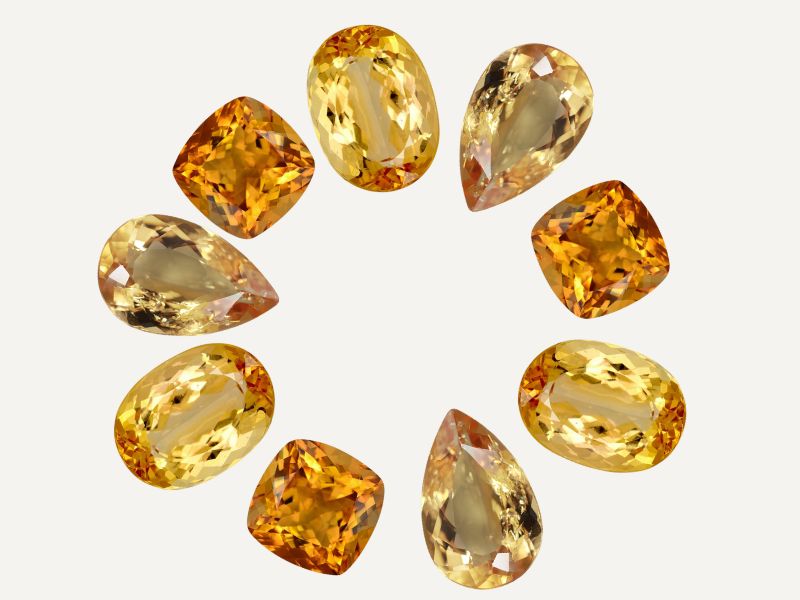
November’s Gemstone: Topaz or Something Else?
Share
It’s interesting, but the story of November’s birthstone isn’t as straightforward as it seems. Back in 1893, George Kunz, a well-known American gemologist, found that in all seven cultures he studied, topaz was considered the gemstone for November. But if you dig a little deeper into history, things get a lot more complicated.
For example, if you look at ancient biblical texts—which actually inspired the tradition of birthstones—you’ll find some curious inconsistencies. On Aaron’s breastplate, November is associated with amethyst, but in the foundation stones of the New Jerusalem mentioned in the Book of Revelation, November is linked to topaz again.
Fast forward to 1912, when the American National Retail Jewelers Association decided to make things official by setting a standardized birthstone list. Even though they made some significant changes to traditional month-stone associations, November kept topaz, probably because it had been the go-to choice for centuries.
But here’s where it gets tricky: a few hundred years ago, the word topaz was kind of a catch-all term for various gemstones, mostly those in shades of yellow, gold, or greenish tones. People used topaz to describe minerals like chrysolite (peridot) and citrine, simply because they had a similar color. That might actually explain why amethyst appears in old texts—since citrine and amethyst are closely related minerals, and amethyst can turn into citrine when exposed to heat.
The topaz we know today—an aluminum silicate mineral—was only properly classified in the 18th century, once mineralogy became a real science. Now we recognize it in many colors: clear, blue, pink, yellow, and the rare imperial topaz (that gorgeous orange-golden variety). Interestingly, those striking blue topaz shades like Swiss Blue and London Blue don’t occur naturally—they’re usually created through irradiation and heat treatment. Naturally occurring blue topaz is super rare and much paler in color.
Then, in 1952, the Jewelry Industry Council of America decided to shake things up and added citrine to November’s list. Why? Simple—citrine looks similar to topaz, but it’s way more common and affordable.
So, if someone asks, “What’s November’s birthstone?” the official answer is still topaz. But if you’re a history buff, you’ll know that things aren’t quite that simple. And if you picture a bright blue stone when you hear topaz—well, that’s a modern twist that has little to do with the centuries-old tradition.

Olga Bachurina,
Co-Founder of Venus in Libra,
Certified by GIA & Gübelin Academy



